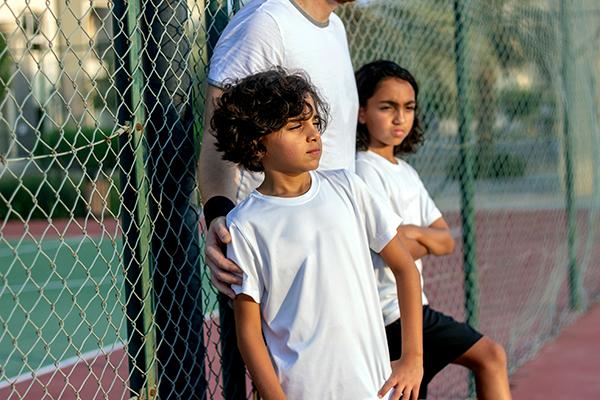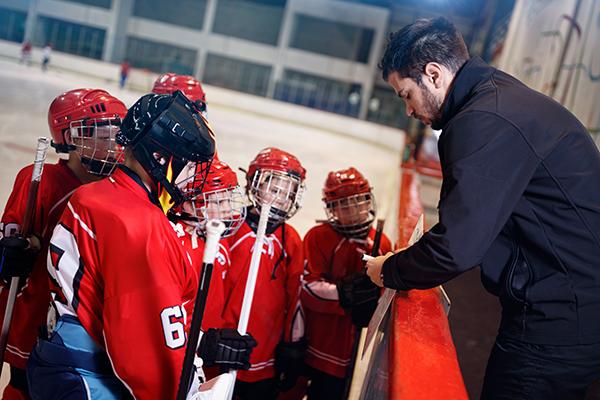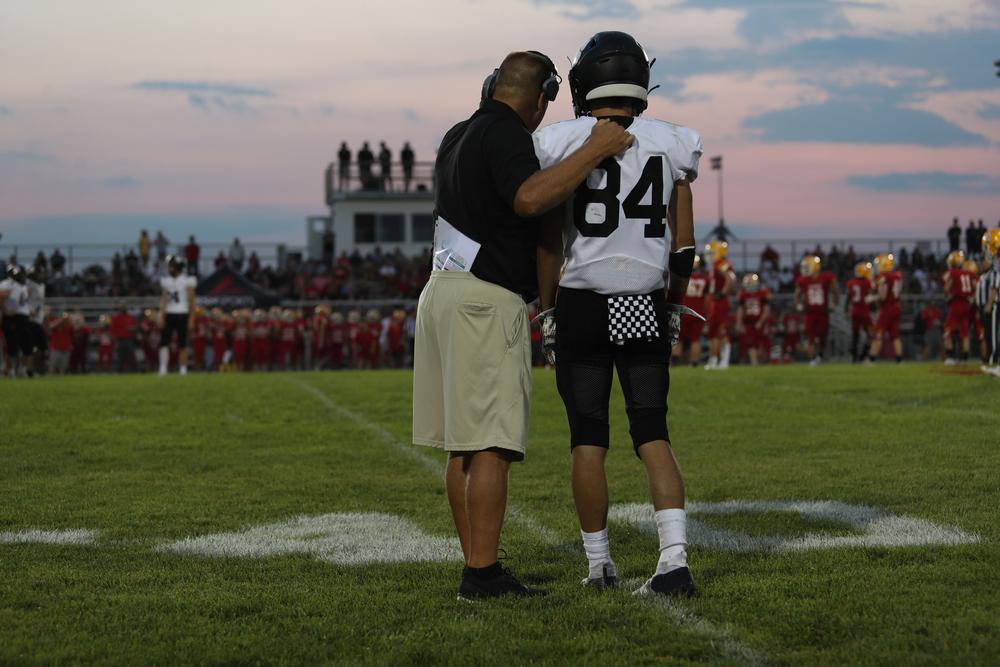 Content Warning: This article contains mentions of bullying and trauma.
Content Warning: This article contains mentions of bullying and trauma.
Have you ever considered the possibility that the behaviors you find most aggravating within your team might be undercover superpowers?
While we know resiliency is one’s ability to overcome adversity, it’s also important to recognize hidden resilience, which is the ability to overcome adversity using behaviors that are not always viewed as positive. Searching for hidden resilience means taking traditionally ‘bad behaviors’ and figuring out how to flip them to find a positive skill.
Nadia Kyba, MSW, TrueSport Expert and President of Now What Facilitation, gives the example of a player who’s always calling others out for things they’re doing wrong. While the habit may be negatively received by their teammates, the athlete might actually have the makings of a good coaching assistant if those critiques could be channeled positively.
According to Kyba, there is often some hidden resilience behind bullying-type behaviors. But how can you help shift those problematic behaviors to more positive ones?
1. Look beyond the surface
Bullying behaviors are obviously not acceptable on a team, but don’t stop at simply shutting it down. Try to understand what is causing the behavior.
“Some of the reasons an athlete might be bullying others is because they’re looking for a chance to be accepted and have meaningful participation, or they’re looking for self-determination,” says Kyba. “They want to take charge of what happens to them, so they’re creating those outcomes for themselves by bullying other people.” That kind of hidden resilience is a protection mechanism, often hiding a fear of failure or embarrassment.
2. Remember kids are smarter than you think
 “If a child can anticipate an outcome, even if it’s going to be a negative outcome, they may do that thing because at least there is predictability,” says Kyba. For example, if a child is extremely nervous about the outcome of a big game, they may actively try to talk back during practice or show up late in order to guarantee they get benched.
“If a child can anticipate an outcome, even if it’s going to be a negative outcome, they may do that thing because at least there is predictability,” says Kyba. For example, if a child is extremely nervous about the outcome of a big game, they may actively try to talk back during practice or show up late in order to guarantee they get benched.
If you can talk to an athlete who you suspect is using that kind of behavior to avoid feelings of vulnerability, you may be able to help them set and manage new expectations, and give them new tools for developing as an athlete and a human.
3. Consider past traumas
Kyba often refers to a trauma-informed approach, which means that coaches look beyond how an athlete is currently behaving and seek to understand what happened to them in the past to cause those behaviors. This approach can help you understand how and why an athlete is using his or her hidden resilience as a tool.
“Rather than thinking, ‘Oh, he’s just being lazy by showing up late to practice,’ say, ‘I know he’s being resilient. He’s had some adversity and he’s overcoming it by setting his own schedule to feel in control.’ This shift—whether you’re accurately assessing the situation or not—helps you feel a level of empathy for the athlete that you may not have had before, which may make it easier to have a conversation with the student.” With this empathy, it’s also easier to move to the next stage, where you work to help them to channel their behavior more proactively.
4. Turn the negative to a positive
Often, it’s hard for young athletes to see themselves clearly, and most of the motivators behind hidden resilience won’t be understood by the athlete. But as an adult, you can see how an athlete can tap into that reserve of resilience and channel it in more positive ways.
Kyba explains, “Often, you have to give the athlete a substitute for the problem behavior. Explain that instead of being the ‘loud kid’ on the team, they can be the leader on the team. Instead of acting out to get banned from the game, they can do some extra practice sessions and visualization exercises to feel more prepared.”
5. Normalize team conversations
 Communication, done early and often, can solve most problems before they start. “Having regular team meetings is incredibly important,” Kyba says. “Let athletes voice their concerns without fear of reprisal. Talk about if there are conflicts happening, discuss team guidelines, leave the floor open for athletes to talk about areas where they’re not happy.” If you can normalize these meetings early on in the season, it becomes easier to have honest, open conversations.
Communication, done early and often, can solve most problems before they start. “Having regular team meetings is incredibly important,” Kyba says. “Let athletes voice their concerns without fear of reprisal. Talk about if there are conflicts happening, discuss team guidelines, leave the floor open for athletes to talk about areas where they’re not happy.” If you can normalize these meetings early on in the season, it becomes easier to have honest, open conversations.
_____________________________
Takeaway
An athlete’s past experiences and traumas, however small, may significantly impact their behaviors in many settings, including sport. While these behaviors may be problematic, and even include bullying behaviors, it’s important to recognize the hidden resilience behind them and help the athlete channel that strength into more positive actions.



